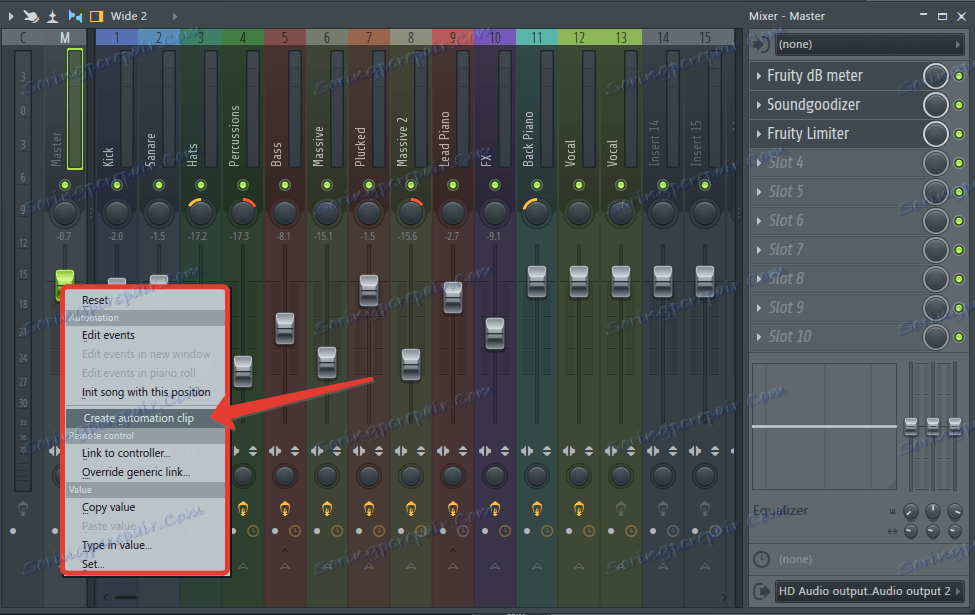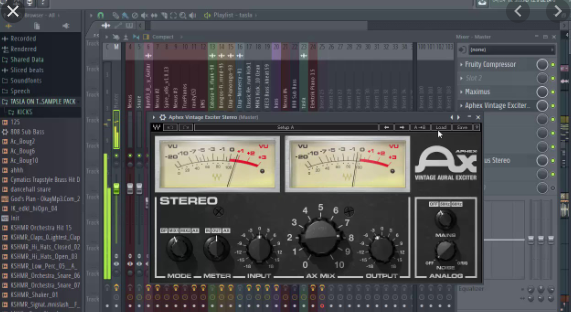

And it might be the most important thing to do for all musicians. The importance of this is more than any other process you do to vocals. Often it’s the most important thing to your music since you will end up having more complaints than vows. Sometimes it might be more convenient and more accessible to perform than a soft clip, but CEIL has already specific hard clip in it.ĭeessing is essential for your music, as it can sound harsh to anyone, as high frequency creates problems to mostly all listeners, and that avoids one listener to listen to your track. And drag the CEIL down to the vocals loudest part, and avoid using curved compression.

But that’s not all there are several things to take into consideration as well as shh sound on your vocals and the air. And often, the noise is just resonance, an unpleasant capacity of vocals. The more you reduce these levels, the less harsh they will sound after a gain. And the reduction of these levels can overall be gained up again. Perhaps you would reduce static or white noise at lower you vocals so long back, and then backing them up into higher sounding level.īut the idea of “limiter gain eq limiter gain” will cause these levels more stable if they are noise, but first resonance removal is needed. But in the course of that, while reducing levels of sound, you as well reduce the noise in the recording. Thus be reducing levels you can decrease the level of resonance if you can hear it? Perhaps a low impedance speaker and the authentic sound card might often give resonance sound, which then can, in some cases, give unpleasant listening. You might hear it on systems that record wrongly, or sound is processed with being pitched up, like bass playing as vocals.īut most times, a vocal needs to be lowered at these frequencies. Most of the frequencies from 100-1000Hz have resonance, which is sound above the amplitude. We recommend Maximus for vocals as the compressor nearly has better gain propulsion.īy editing vocals, try adding some different Eq solutions:Įq -6dB from start to around 1000Hz.


 0 kommentar(er)
0 kommentar(er)
